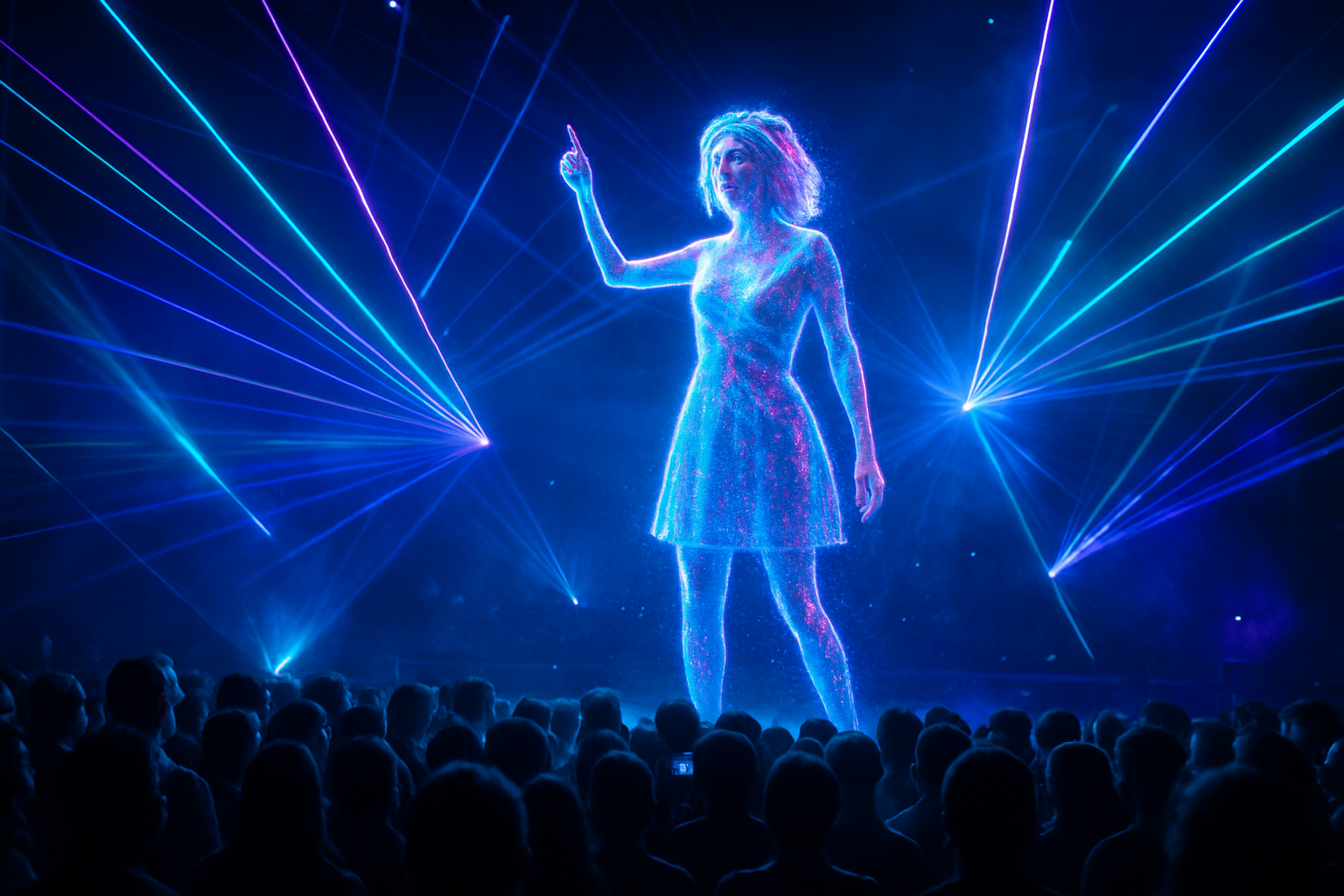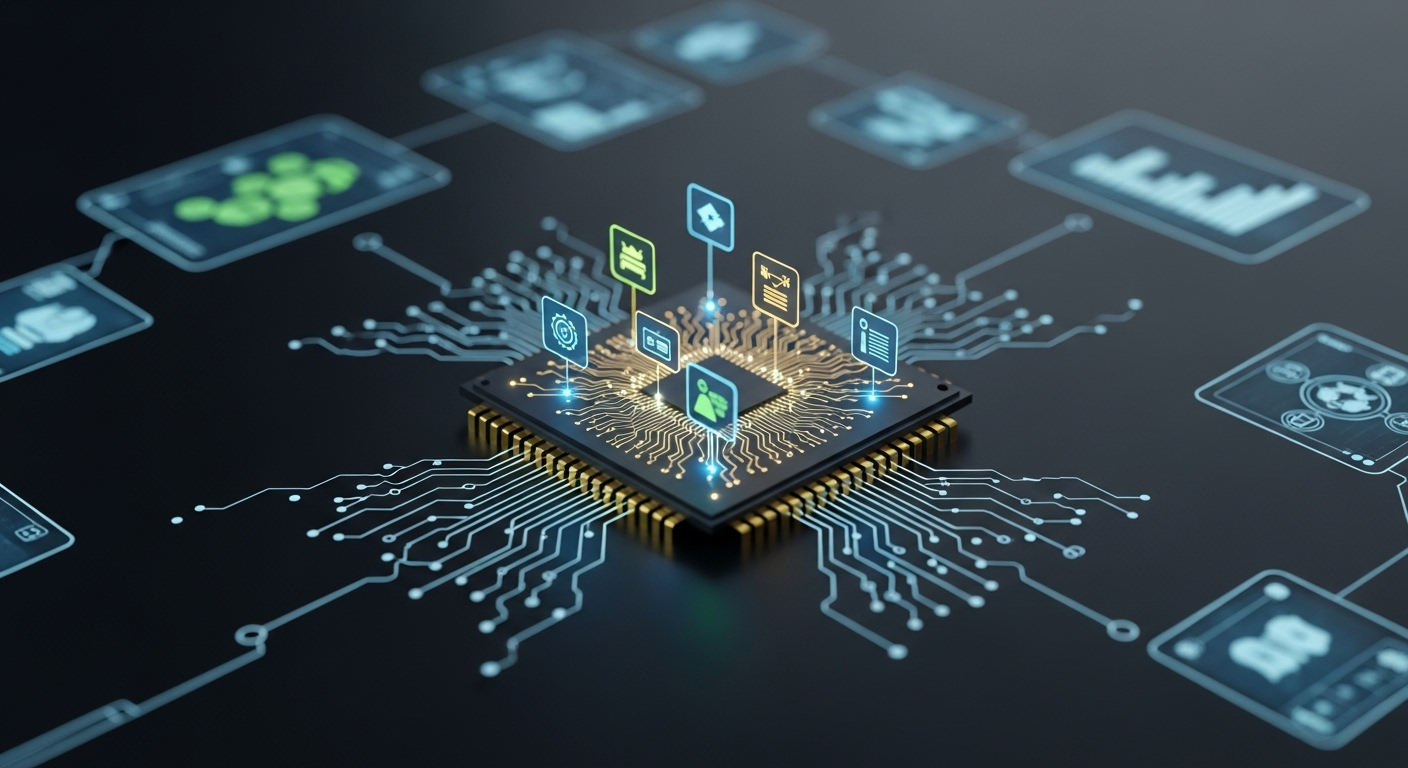Holographic Concerts: A New Era of Live Music
In the ever-evolving landscape of live entertainment, a groundbreaking phenomenon is reshaping the concert experience. Holographic technology, once confined to science fiction, has found its way onto the stage, bringing deceased artists back to life and enabling living performers to appear in multiple locations simultaneously. This fusion of cutting-edge technology and musical artistry is not just a fleeting gimmick but a transformative force in the music industry, challenging our perceptions of live performance and blurring the lines between past and present, physical and digital.

Technological Marvels Behind the Illusion
At the heart of holographic concerts lies a complex interplay of advanced technologies. High-definition video projection, motion capture, and real-time rendering work in tandem to create lifelike, three-dimensional images that can interact with live performers and audiences. The Pepper’s Ghost technique, a 19th-century illusion method, forms the basis of many holographic displays, reimagined with modern technology to achieve unprecedented levels of realism and interactivity.
Ethical Considerations and Artist Legacies
The rise of holographic performances has sparked intense debates about the ethics of posthumous appearances. Questions of consent, artistic integrity, and the exploitation of deceased artists’ legacies have become central to discussions surrounding this technology. While some view holographic resurrections as a celebration of musical heritage, others argue that it commodifies the memory of artists and potentially misrepresents their artistic vision.
Impact on the Live Music Industry
Holographic concerts are reshaping the economics and logistics of live music. Artists can now perform in multiple venues simultaneously, potentially revolutionizing tour schedules and ticket sales. This technology also opens up new possibilities for collaboration, allowing performers separated by time or space to share the stage. For venues and promoters, holographic shows offer a unique selling point in an increasingly competitive entertainment landscape.
The Future of Holographic Entertainment
As technology continues to advance, the potential applications of holographic performances extend far beyond music. Theater, education, and corporate events are all exploring the possibilities offered by this immersive medium. The integration of augmented reality and artificial intelligence promises to create even more interactive and personalized holographic experiences, potentially transforming not just how we consume entertainment, but how we interact with digital content in our daily lives.
Audience Reception and Cultural Impact
The public response to holographic concerts has been a mix of awe, skepticism, and emotional resonance. For many fans, these performances offer a chance to experience the magic of artists they never thought they’d see live. Critics, however, argue that holographic shows lack the spontaneity and human connection of traditional concerts. As the technology becomes more widespread, it’s reshaping cultural notions of presence, authenticity, and the very nature of live performance.
Challenges and Limitations
Despite its potential, holographic concert technology faces several hurdles. The high cost of production limits its accessibility to only the most financially successful artists and events. Technical challenges, such as achieving convincing three-dimensionality from all viewing angles, continue to be areas of ongoing development. Additionally, the need for specialized venues or equipment can restrict the widespread adoption of this technology in smaller music scenes.
A New Frontier for Artistic Expression
Beyond its role in recreating past performances, holographic technology is emerging as a new medium for artistic expression. Forward-thinking artists are exploring ways to incorporate holograms into their live shows, creating hybrid performances that blend physical and digital elements in unprecedented ways. This fusion of art and technology is giving rise to entirely new forms of creative expression, challenging traditional boundaries of performance art.
The Global Reach of Holographic Concerts
The ability to project performances anywhere in the world has significant implications for global cultural exchange. Artists can now reach audiences in regions they might never have toured physically, breaking down geographical barriers to live music experiences. This democratization of access has the potential to diversify music scenes around the world, exposing listeners to a wider range of artists and genres.
In conclusion, holographic concerts represent a paradigm shift in the world of live entertainment. As the technology continues to evolve, it promises to redefine our understanding of performance, presence, and artistic legacy. While challenges and ethical questions remain, the potential for innovation and new forms of creative expression is undeniable. As we stand on the brink of this new era in music and entertainment, one thing is clear: the concert experience of the future will be unlike anything we’ve seen before, blending the tangible and the virtual in ways that push the boundaries of human imagination and technological capability.





